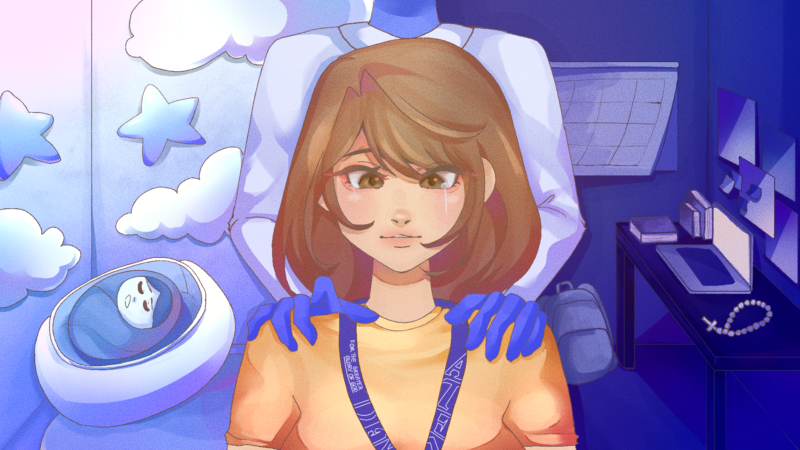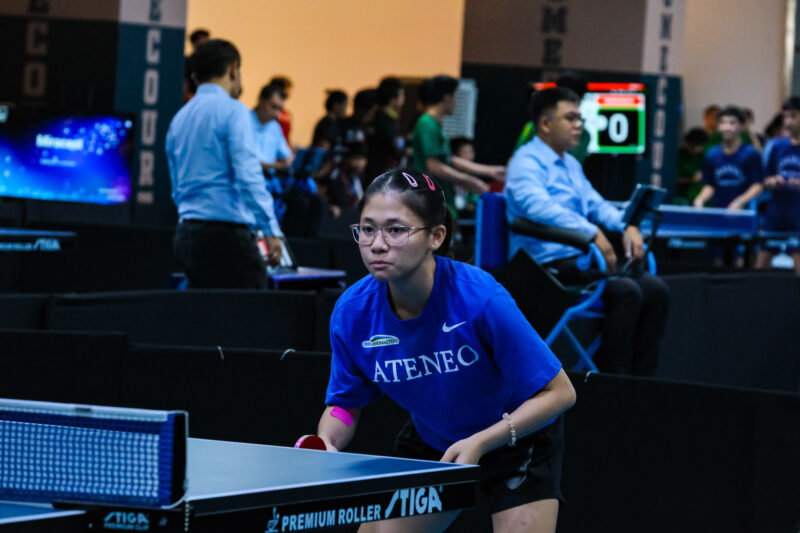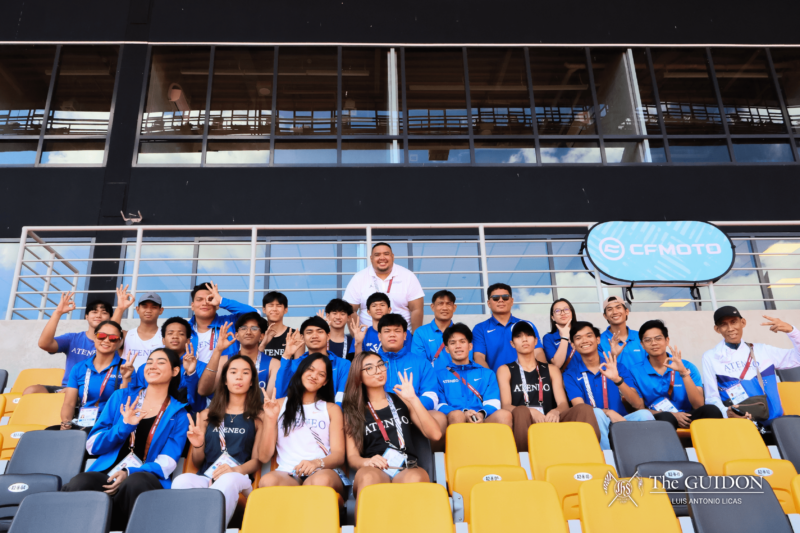May it be a photo, a hashtag, or a simple tweet, art has found an audience even outside galleries and museums. Today, art is in a literal arm’s reach.
“Art is not to be sequestered for the elite, postmodernists contended, it should be there for all people,” writes art scholars Karel Rose and Joe Kincheloe in Art, Culture, & Education: Artful Teaching in a Fractured Landscape, published in 2003. This claim saw the light of day in the 20th century, when art was made accessible not only to the elite, avant-garde connoisseurs, but to the general public as well. At one point, by fusing pop culture and high art, viewers who were considered “commoners” in art became more involved in the art world through artworks that depicted everyday subjects. This can be seen in postmodern artist Andy Warhol’s 20th century works such as Campbell’s Soup Cans and the Marilyn Diptych .
Today in the 21st century, being a successful artist also means having certain business skills such as an understanding of one’s target audience. Wide access to the Internet has aided artists in promoting their services for commissioned and original work and has brought them ever closer to interested clients and viewers. On a larger scale, the world of visual art has become much more accessible to those who are not as equally exposed as those who have studied or practiced art.
But though the Internet may be a convenient and reliable medium for the exposition of one’s art, the value of these artworks can also swiftly degrade when framed into the limitations of the medium.
Art in the palm of your hand
Before the Internet, Filipino artists who held exhibitions would have to “wait expectantly and wonder if this or that critic would find the show worth his while to write about,” says Filipino visual artist Julie Lluch, who held her first shows in the 1970s.
According to Lluch, art critics in her time had their own regular columns in the daily newspaper. These critics may “write a good [review], a rave, or a damning review, or completely ignore it.”
[It’s] only a way of saying how [the critic’s evaluation of the artist is] important—which in our day was wholly unsolicited,” she shares.In some ways, the Internet has definitely become a service to artists who are not established enough to have their own agents or connect with fellow artists. Today, social media platforms such as Instagram, Facebook, and Twitter have partially evolved into digital portfolios for young artists and even digital museums for viewers, collectors, and patrons. Aside from artworks, there are also virtual gallery tours that can be found online such as the Louvre’s Online Tour and Van Gogh’s Van Gogh online exhibit.
The reproduction of art has led many to question the authenticity of certain artworks and the genuine interest of viewers in these works. As American University in Rome art history professor Noah Charney writes on Slate, “people might see the digital copy and decide that it is not worth the effort to see the original.” Although Charney here talks about mechanical reproductions of art, his stance can also be applied to reproduced artworks online, such as photos of paintings.
However, during a talk at Art Fair Philippines 2017, American art sociologist and writer Sarah Thornton said that she doesn’t “think social media will just move an artist into museums, but it’s still advertising.”
“[There’s] something exhilarating [about] interacting with visible things, so I think the rise in art sales and museum attendance in many parts of the world interestingly [happened] at the same time as this miniaturization and digitization of our lives,” she shared. This points out that social media has possibly created a deeper appreciation not only for artists, but for the art world in general.
Caught in the web
“The Internet has been a huge help,” shares Kristin Subido, a University of the Philippines-Diliman fine arts student who sells her work through the Internet. “Without it, I probably would never have gotten any commissions or criticisms that would have helped me improve.”
Subido has regularly received a steady flow of commissions since she decided to feature her art on the Internet. This has allowed her to enjoy “profitable but hectic weeks of nonstop work.”
Over the years, local artists like Subido have learned that the Internet provides a stepping stone for artists trying to gain exposure. In the realm of visual art, we have online sites like DeviantArt that serve as open global communities for both artists and art enthusiasts. Outlets like these help artists grow beyond established parameters.
“In the Philippines, it’s hard to get your work out there if you don’t have connections with the art world,” says Mika Montaño, a sophomore freelance artist. “[We have] such a niche [art] community here, and it’s very exclusive. The Internet is a much bigger avenue where you can get your work out there even [on an international level].”
With the Internet at their disposal, artists empower themselves towards democratizing the experience of art in the world.
However, the Web still has its limitations. One such constraint is its failure to capture the texture of a painting or even the atmosphere of a museum. But although this might be an obstacle for some, it can also compel artistic evolution.
Kristine Duyongco, a neophyte to this movement of art on the net, shares that she learned to exaggerate her artistic style and try different approaches in order to express authenticity even while behind a screen. “I used to feel quite restricted [because of this barrier,] but later on, I realized that these restrictions can actually help you grow [as an artist],” says Duyongco.
Expanding the art space
Even with its limitations, the Internet brings artists, art enthusiasts, and potential customers together into a reasonably large assembly, whether it be online or in physical places.
“[Social media] helps [the gallery] reach an audience that we might not have reached [through traditional means], because everyone has their own networks,” says Ateneo Art Gallery Managing Curator Yael Buencamino-Borromeo.
But expansive promotion isn’t the only benefit brought about by this platform. Art is now accessible not just to those who have the privilege to study and practice art, but also to those who genuinely appreciate art or wish to share their talents not necessarily for the intention of gaining profit.
The casualness and ease of Internet art are reasons why artists may find it useful. Most physical galleries require submitted profiles and interviews that, while signalling prestige, are normally more costly. There’s more freedom and control over works online.
For some artists, this makes the field more competitive: Professionals are obliged to put their work on the same digital gallery as those who are not as experienced. But this all the more challenges all artists to be eye-catching enough to attract a more diverse viewership, especially from art lovers who do not have good access to art museums.
“Art is meant to make you think, react, and hopefully see things in [a] different light,” says Borromeo, as she attempts to encapsulate the experience of visiting a gallery.
But with recent inventions like the 360-degree camera, advanced technology may one day be able transport the mazes of galleries to our own homes for personal viewing. While the limits of the Internet may be onerous for artists who try to advertise their work, others may look upon them as opportunities to adapt to new skills, for the sake of their art’s prosperous posterity.
Editor’s Note: Mika Montaño is a member of The GUIDON’s Graphic Design staff.







